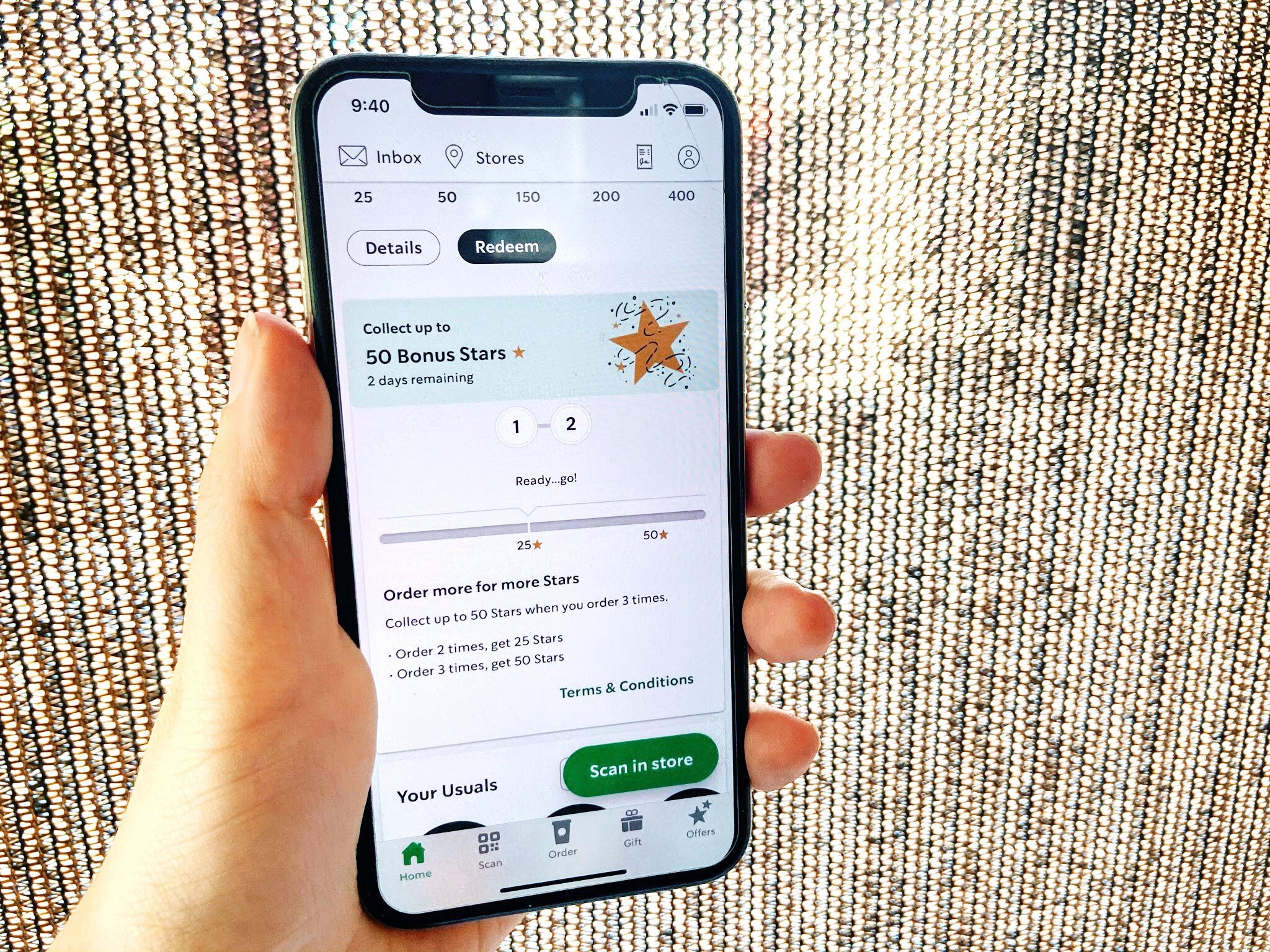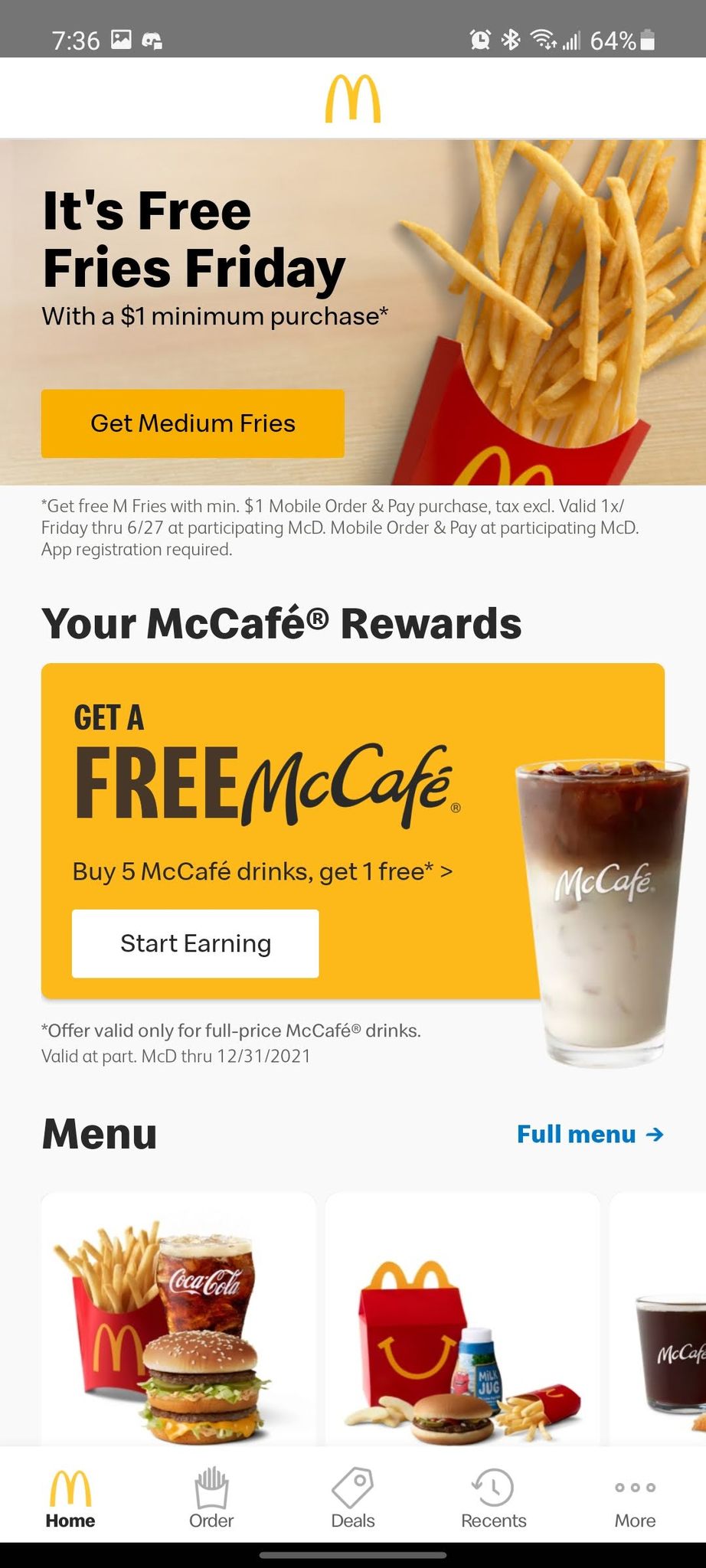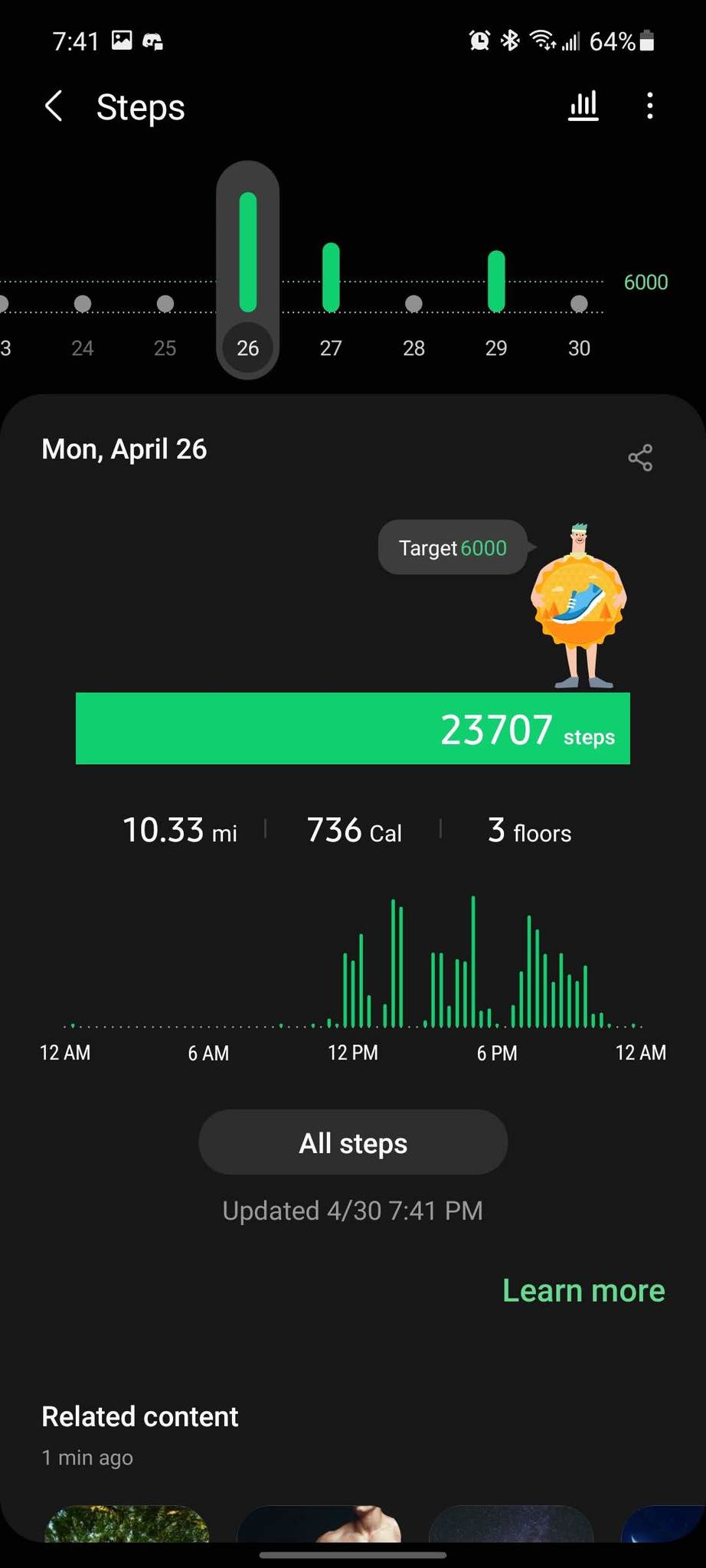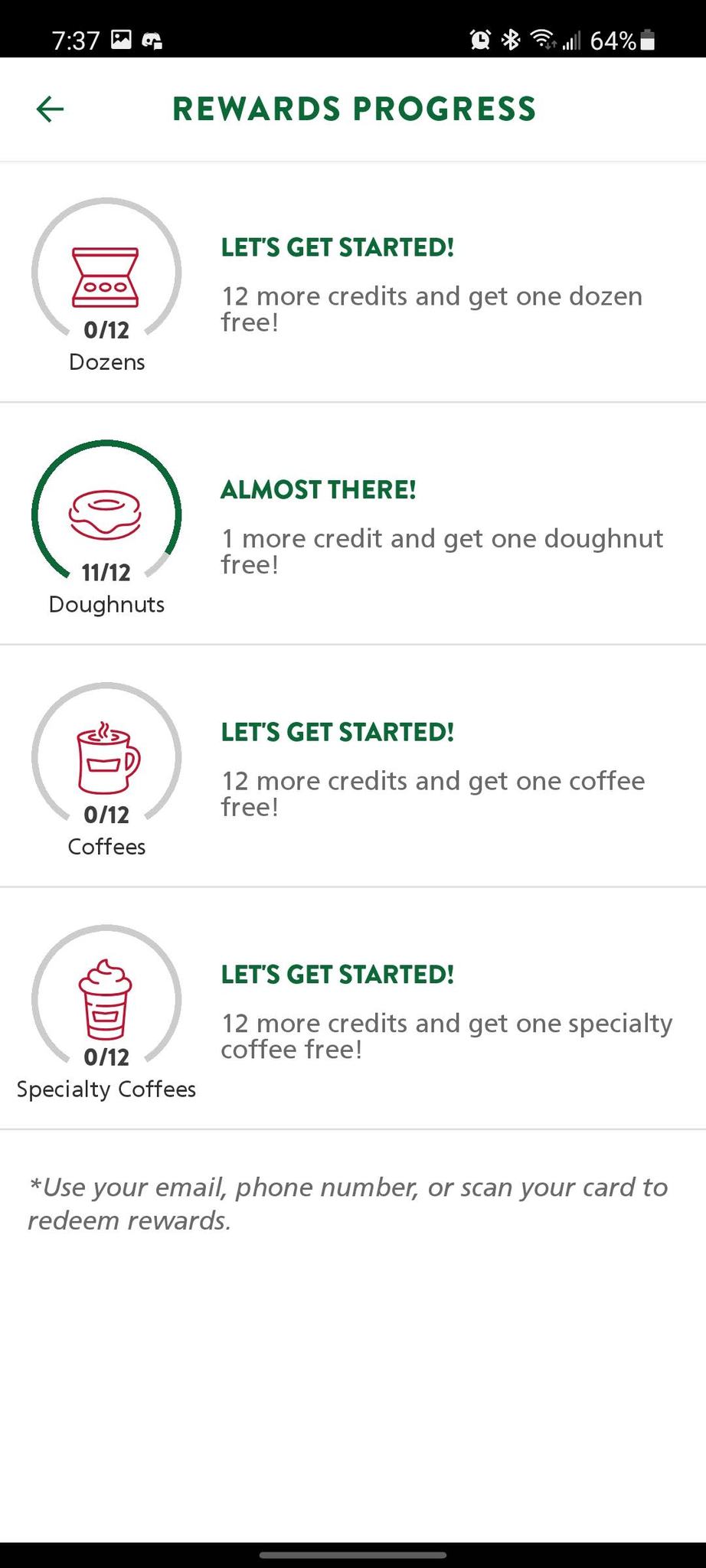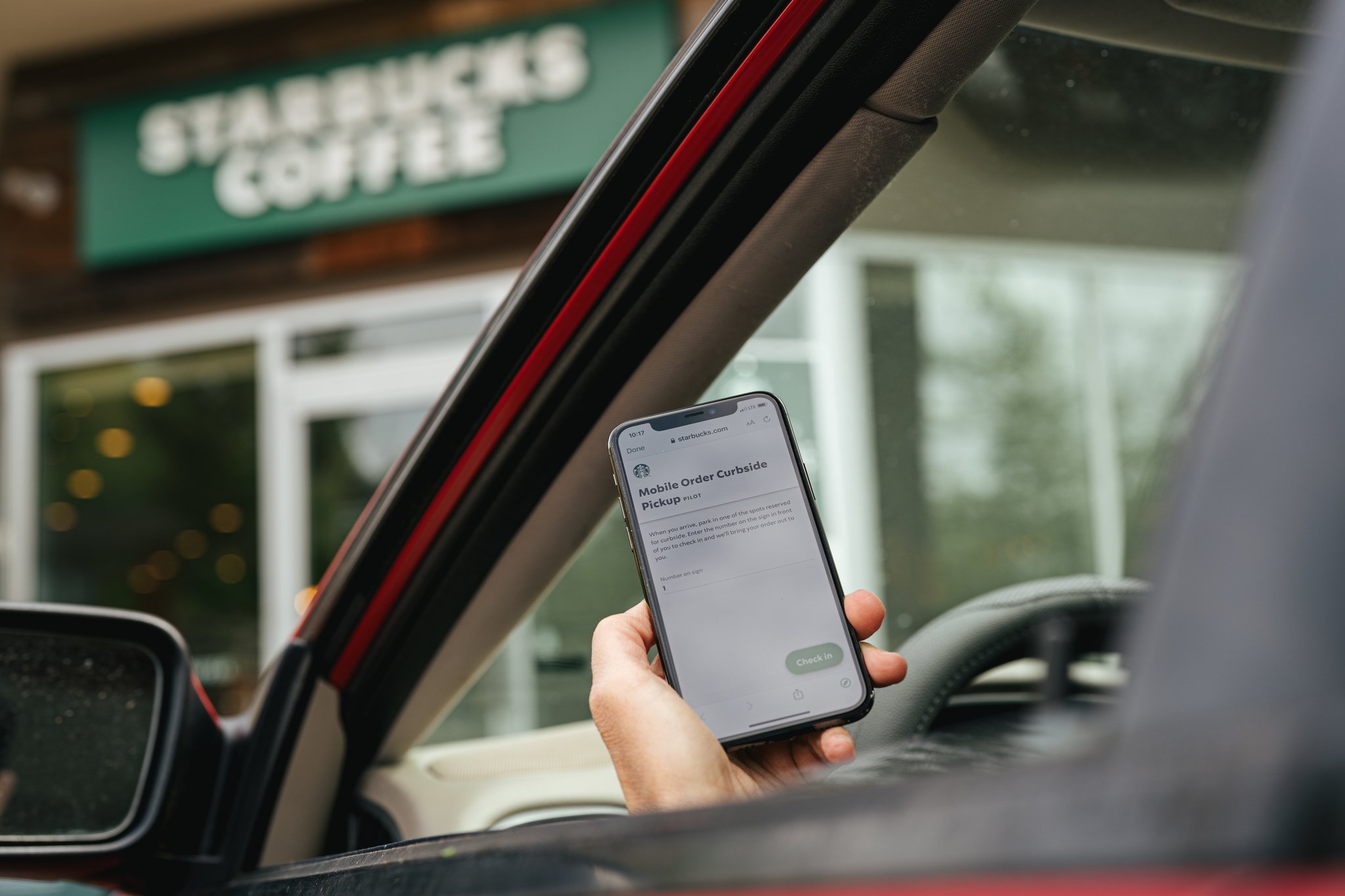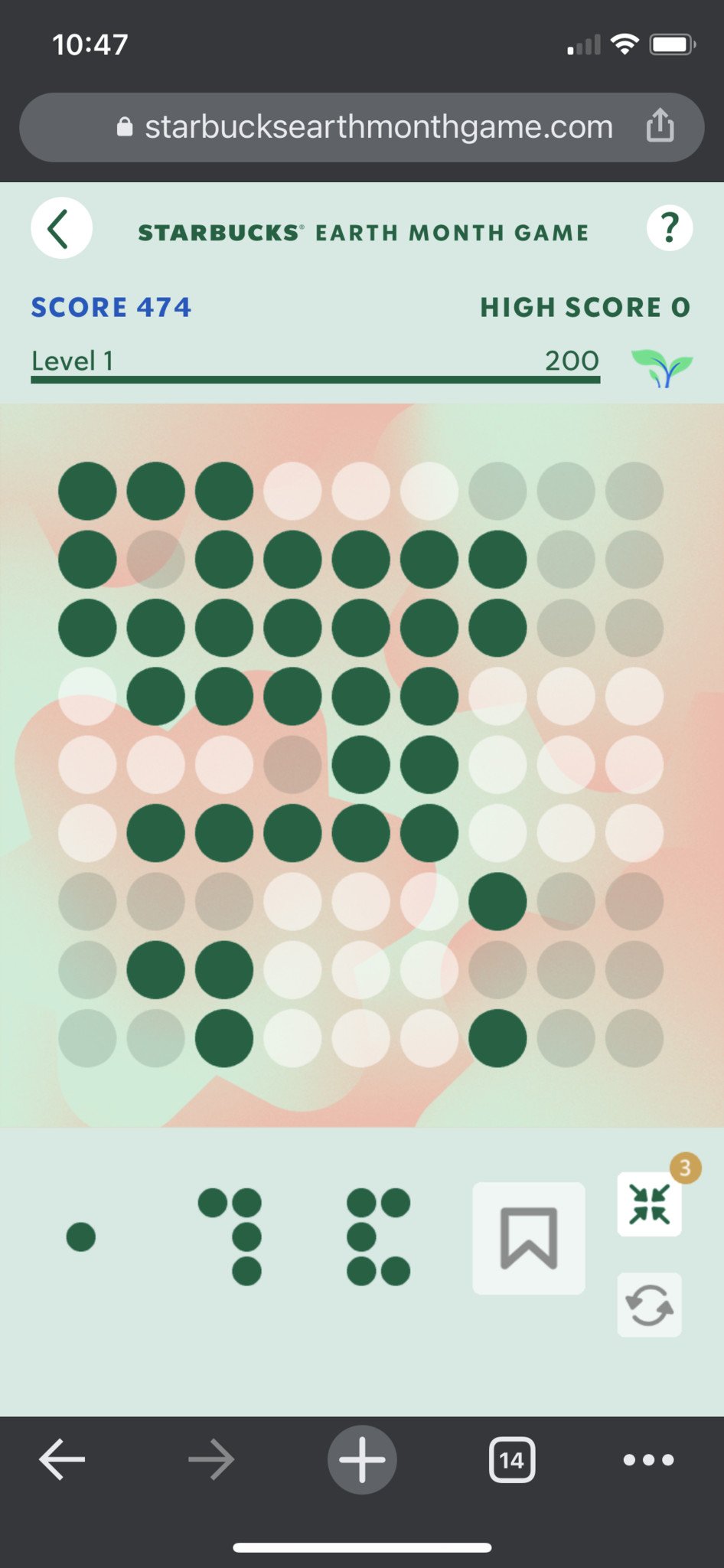I'm a Starbucks mobile app user, and I'm not going to stop any time soon.
Even before a pandemic came along and forced me to stay inside, I went to Starbucks nearly every day. As somebody who has worked from home for the past four years, I relished any excuse to leave my apartment and walk around. Since Starbucks was the closest coffee shop to me, I became a regular, with the baristas knowing my two orders once they saw me enter the store.
Part of my reliance on Starbucks was that it was a place close to me that had drinks I enjoyed. The other part was the Starbucks mobile app, which not only makes it easy to pay (especially in putting in mobile orders during a pandemic) but also keeps you coming back for more. Many businesses have apps that "gamify" the experience of being a customer, but Starbucks is one of the best. It's also one of the most sinister.
Many businesses have apps that "gamify" the experience of being a customer, but Starbucks is one of the best.
Gamification is when gaming and game design elements are used in other services or organizations. For example, when you got a gold star in class as a kid for doing well, that was the gamification of your learning. When you read enough books and got a pizza party out of it, that was gamification. As adults, we're often thrown into gamified systems without even realizing it. On our sites, we use Thinkific, which turns all of our training materials into a quiz that you can beat. You learn how to do your job by playing a game.
This has become even more popular with the increased proliferation of video games, along with the introduction of mobile apps, which can gamify just about anything. Many successful fitness apps, including Fitbit and MyFitnessPal, utilize achievement systems that reward you by working out or reaching other goals. Zombies, Run!, one of the most entertaining running apps, is successful because it literally turns the act of running into a narrative adventure. The best fitness apps and mental health apps have used different forms of gamification. In fact, Habitica, a habit-forming app, helps you build habits by literally turning them into a role-playing game.
Gamification takes many forms on your phone today.
Another place you might see game elements are in rewards apps, which often promise free products if you use them. This isn't anything new; it's an extension of punch or stamp reward cards you could get at businesses that gave you a free item if you spent a certain amount of money or visited enough times. This is at the core of the Starbucks app, which rewards you stars for buying products, which you can then put towards free rewards or discounts. However, it goes even further by providing quests for you to complete to get bonus stars. Come in before 11 a.m. three days in a row and get 60 bonus stars; order three of a specific drink and get 100 bonus stars.
It's all a well-oiled machine that keeps me coming back for more Starbucks despite knowing that it's using my personal data.
The more you use it, the more the app gets to know you and your regular orders, like a barista at your favorite store. As you order more, its algorithm will offer targeted quests based on your favorites — albeit the more expensive ones, from my experience. For example, I order a combination of teas, coconut milk drinks, and tea lattes, and if I get a targeted quest, it'll be for the tea lattes more than the plain teas. If I don't go a certain week, Starbucks will send me emails or notifications enticing me back with bonus stars or drink recommendations. If it's summer, it'll lure me in with the promise of a cold drink.
Starbucks seems to know you thanks to its Digital Flywheel program, which has been in place since 2017. It's an AI that links up with Starbucks Rewards to offer personalized recommendations to customers. A flywheel is a device that stores rotational energy and conserves it, which is basically what Starbucks wants its digital one to do with customers. If it can keep reeling customers back in, then it's going to be immensely successful, and it has. Of course, it's Starbucks, so it's always going to be ubiquitous, but in 2019, it recorded its highest net earnings ever at around $19.2 billion according to Statista.
Sure, Starbucks uses your personal data to give you drink recommendations (and even uses it to figure out scheduling for its stores), but it wouldn't be nearly as effective if it weren't for its star system, or even the regular sweepstakes and games it also uses. In April, Starbucks held its Earth Month Game, which featured a prize draw for people who made purchases but also included a game called Play & Plant. Here, you have to complete 3x3 squares with dot configurations to earn points. As you level up, you can choose where Starbucks will plant trees. Making purchases and completing other "activities" also give you boosters to progress further in the game. With the addition of Play & Plant, the transition from gamification to full-on game is complete.
It's all a well-oiled machine that keeps me coming back for more Starbucks, despite knowing that it's using my personal data to better the business or get me to buy more expensive drinks. When I get a notification saying it's "Double Star Wednesday," I carve out 30 minutes in my day to make sure I go. Not only is Starbucks a way to get me out of the apartment, but it's also a system I've bought into. Gamification is not only a way to make using an app or program more engaging, but according to studies, it "positively impacts engagement" and can "enhance related outcomes."
It's not always effective in the long-term — I've fallen out of using just about every app at some point, and studies show that gamification doesn't always work over long periods of time — but constantly introducing new features and games helps keep things fresh. Plus, the sheer amount of Starbucks around the U.S. means there are many opportunities to use the app, play the game, and get some stars.
Source: androidcentral
